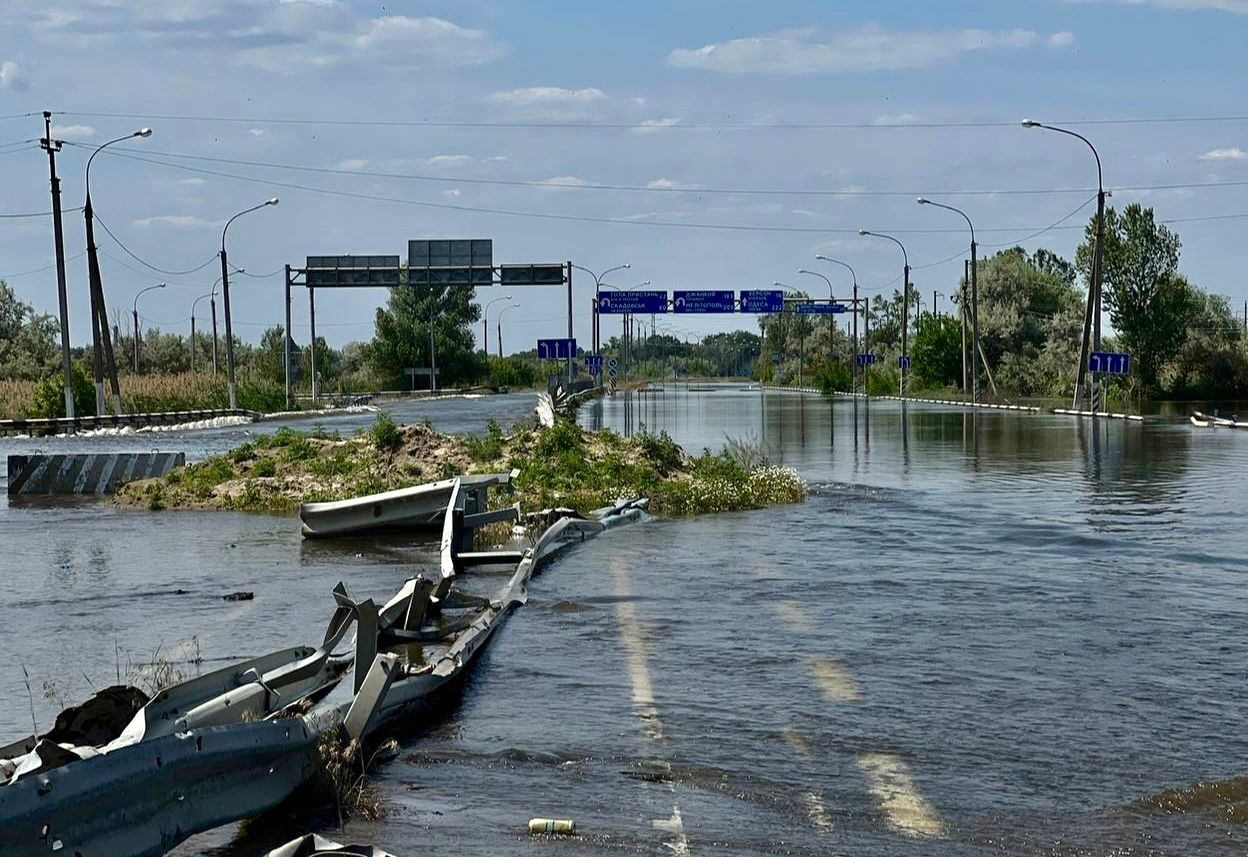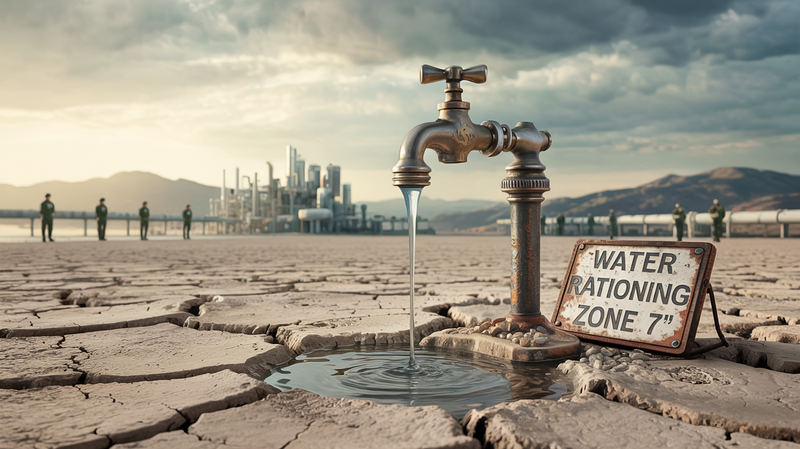Echo of Explosions: The Dam Breach that Shook a Nation
In the heart of the unfolding conflict between Ukraine and Russia, the early hours of a typical Tuesday were shattered by a powerful blast. The target? A strategically significant dam and hydroelectric powerplant named Nova Kakhovka. Nestled on the mighty Dnipro River in southern Ukraine and under Russian control, the

In the heart of the unfolding conflict between Ukraine and Russia, the early hours of a typical Tuesday were shattered by a powerful blast. The target? A strategically significant dam and hydroelectric powerplant named Nova Kakhovka. Nestled on the mighty Dnipro River in southern Ukraine and under Russian control, the dam met its brutal end in a confrontation whose culprits are still up for debate.
Constructed in 1956, the Nova Kakhovka dam was a crucial piece of infrastructure. It was an iron-clad barricade holding back a vast volume of water, over 18 cubic kilometers, equivalent to Utah's Great Salt Lake. The detonation occurred around 2 a.m. local time, releasing an immense cascade of water through the punctured dam, a once staunch sentinel against such a deluge.
This event's aftermath promises to ripple far beyond the immediate vicinity, possibly tilting the scales of the ongoing war between Russia and Ukraine. In response, Ukraine's President Volodymyr Zelenskyy convened an emergency meeting of his National Security Council, placing the blame squarely on "Russian terrorists."
With the dam ruptured, the safety of nearby residents came under immediate threat. Approximately 16,000 people dwelling downriver faced a sudden and urgent evacuation order from the governor of Kherson. With a mere five hours to leave, residents scrambled to grab essential documents and board the buses bound for safer, higher ground.
Meanwhile, UN Secretary-General António Guterres lamented the lack of independent information concerning the circumstances leading to the dam's destruction. Nevertheless, he voiced his clear sentiment: this event stood as another heart-wrenching outcome of Russia's invasion of Ukraine. The UN has since ramped up its support to the beleaguered country, sending drinking water, water purification tablets, and other critical aid.
The Nova Kakhovka's destruction might also pose a significant risk to the Zaporizhzhia Nuclear Power Plant, situated approximately 100 miles upstream. The reservoir, now compromised, was instrumental in providing cooling water to the plant. While the International Atomic Energy Agency has declared no immediate nuclear safety risk, it remains on high alert.
Ivan Plachkov, a former minister of energy of Ukraine, confirmed in a New York Times interview that all six nuclear reactors at Zaporizhzhia are offline but still require water to disperse heat from the radioactive fuel in the reactor cores. The destruction of the dam, therefore, adds an additional layer of complexity to an already fraught situation.
In conclusion, the ramifications of the explosion at the Nova Kakhovka dam continue to reverberate across the region. As accusations fly and the debris settles, one fact remains clear: the landscape of Ukraine - physical, political, and social - has been irrevocably altered. The echo of this explosion, both metaphorical and literal, will continue to resonate for many years to come.




